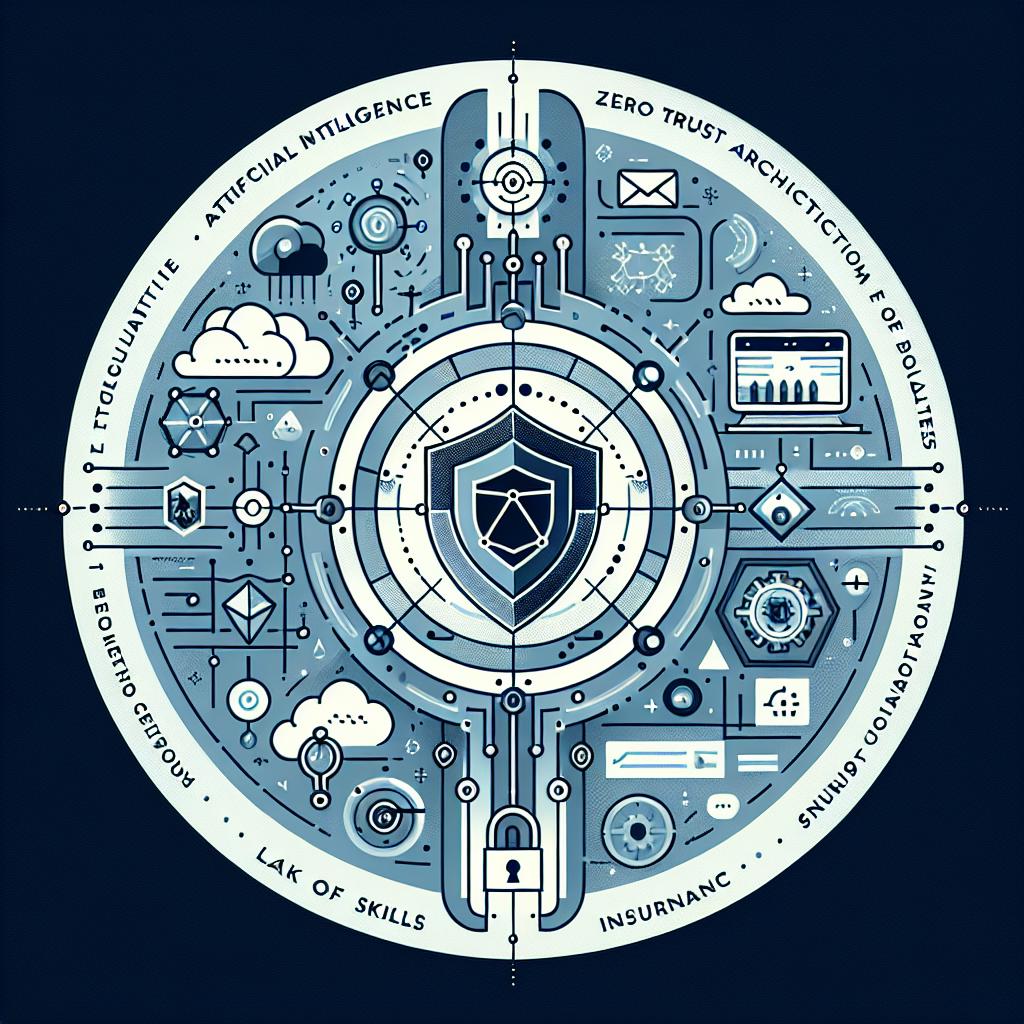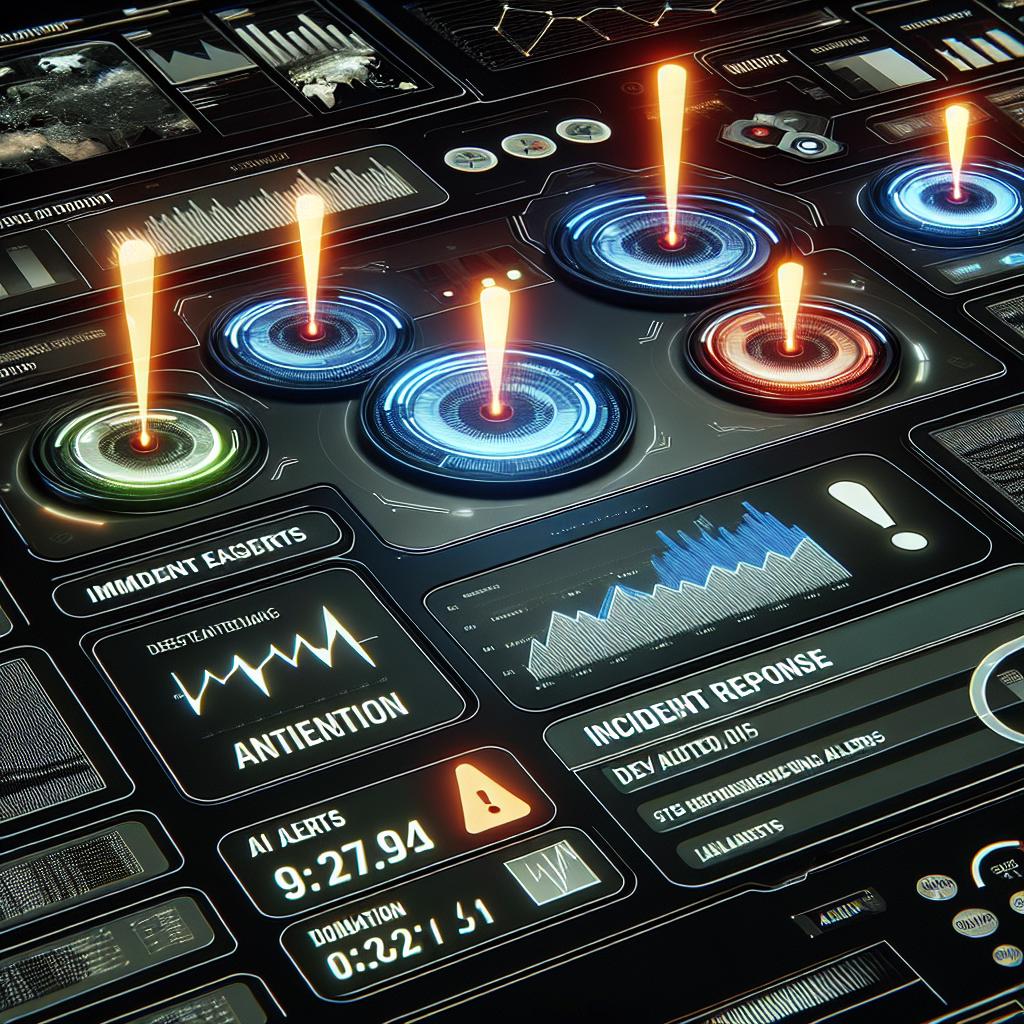In today’s rapidly evolving cybersecurity landscape, Advanced Persistent Threats (APTs) represent one of the most sophisticated and dangerous challenges organizations face. These threats are characterized by their stealth, persistence, and targeted nature, often orchestrated by well-funded and highly skilled adversaries. Traditional security measures frequently fall short in detecting and mitigating APTs due to their complexity and subtlety. This is where Artificial Intelligence (AI) steps in as a game-changer, offering new capabilities to identify, analyze, and respond to these threats more effectively.
Understanding Advanced Persistent Threats (APTs)
APTs are prolonged and targeted cyberattacks aimed at infiltrating a specific organization or network to steal sensitive data, disrupt operations, or gain strategic advantages. Unlike opportunistic attacks, APTs involve meticulous planning, multiple attack vectors, and continuous efforts to maintain access without detection. Attackers often use zero-day exploits, social engineering, and custom malware, making detection extremely challenging.
Challenges in Detecting APTs
- Stealth and Evasion: APT actors use sophisticated techniques to avoid triggering traditional security alerts.
- Low and Slow Attacks: They operate at a low profile, spreading their activities over weeks or months to avoid suspicion.
- Complex Attack Chains: Multiple stages and vectors make it difficult to correlate events and identify the full scope of the attack.
- Volume of Data: The sheer amount of network traffic and logs can overwhelm human analysts and conventional tools.
How AI Enhances APT Detection
AI technologies, particularly machine learning (ML) and deep learning, bring several advantages to the detection and mitigation of APTs:
1. Behavioral Analysis and Anomaly Detection
AI models can learn the normal behavior patterns of users, devices, and network traffic within an organization. By continuously monitoring these patterns, AI can detect subtle deviations that may indicate malicious activity, such as unusual login times, data exfiltration attempts, or lateral movement within the network.
2. Automated Threat Hunting
AI-powered systems can sift through vast amounts of security data to identify indicators of compromise (IOCs) and suspicious activities without human intervention. This accelerates the threat hunting process and helps uncover hidden threats that might otherwise go unnoticed.
3. Correlation of Disparate Data Sources
APTs often involve multiple attack vectors and stages. AI can correlate data from various sources—such as endpoint logs, network traffic, email systems, and threat intelligence feeds—to build a comprehensive picture of an attack campaign, enabling faster and more accurate detection.
4. Predictive Analytics
By analyzing historical attack data and emerging threat trends, AI can predict potential attack vectors and vulnerabilities that APT actors might exploit. This proactive approach allows organizations to strengthen defenses before an attack occurs.
5. Real-time Response and Mitigation
AI-driven security platforms can automate responses to detected threats, such as isolating compromised devices, blocking malicious IP addresses, or triggering alerts for security teams. This reduces the window of opportunity for attackers to cause damage.
Real-World Applications of AI in APT Detection
- Endpoint Detection and Response (EDR): AI enhances EDR tools by identifying suspicious behaviors on endpoints that may indicate APT activity.
- Network Traffic Analysis: AI models analyze network flows to detect command-and-control communications or data exfiltration attempts.
- Email Security: AI filters phishing emails and malicious attachments that are often the initial entry points for APTs.
- Threat Intelligence Integration: AI systems ingest and analyze global threat intelligence to stay updated on the latest APT tactics and indicators.
Limitations and Considerations
While AI significantly improves APT detection, it is not a silver bullet. Challenges include:
- False Positives: AI systems may generate alerts for benign anomalies, requiring human expertise to validate.
- Adversarial Attacks: Attackers may attempt to deceive AI models through adversarial techniques.
- Data Privacy: Collecting and analyzing large volumes of data must be balanced with privacy regulations and ethical considerations.
- Integration Complexity: Deploying AI solutions requires integration with existing security infrastructure and skilled personnel.
Conclusion
The role of AI in detecting Advanced Persistent Threats is increasingly vital as cyber adversaries become more sophisticated. By leveraging AI’s capabilities in behavioral analysis, data correlation, and automated response, organizations can enhance their ability to detect and mitigate APTs more effectively and efficiently. However, AI should be viewed as a powerful tool that complements human expertise rather than replacing it. A combined approach, integrating AI-driven technologies with skilled cybersecurity professionals, offers the best defense against the persistent and evolving threat of APTs.



